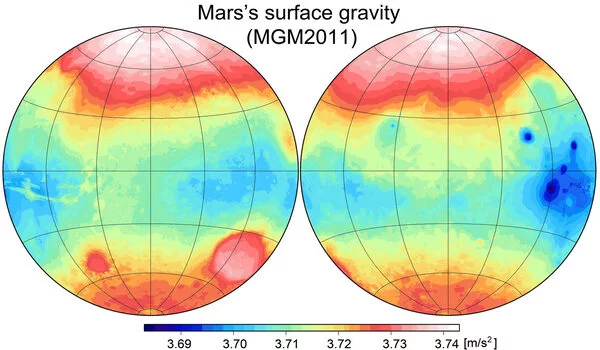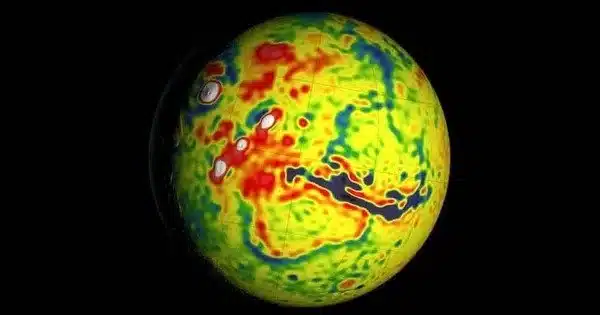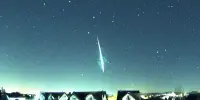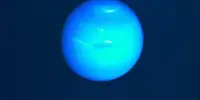Mars has long been a source of fascination and conjecture, particularly in relation to the possibility of ancient oceans and the possibility of previous life. Scientists and the general public are both interested in recent advances in our understanding of the planet’s history, geology, and capacity for supporting life.
The first application of a unique approach for assessing Mars’ gravitational force lends credence to the theory that the planet formerly possessed a vast northern ocean. In doing so, the approach more precisely specifies the scope of what scientists refer to as the northern Martian paleo-ocean.
The work was published in the journal Icarus, which is affiliated with the American Astronomical Society’s Division for Planetary Sciences. The research was led by Jaroslav Klokočník, professor emeritus at the Astronomical Institute of the Czech Academy of Sciences. Gunther Kletetschka, associate research professor at the University of Alaska Fairbanks Geophysical Institute, is among the three co-authors. Kletetschka is also affiliated with Charles University in the Czech Republic.
A lot of people are excited about water on Mars because there may be life forms that once existed on Mars or maybe exist today in some bacterial form. Because we’ve done it before on Earth, we can use this gravity approach to look for water on Mars.
Jaroslav Klokočník
“A lot of people are excited about water on Mars because there may be life forms that once existed on Mars or maybe exist today in some bacterial form,” he said. “Because we’ve done it before on Earth, we can use this gravity approach to look for water on Mars.”
“In an area of northern Africa, for example, this gravity approach found a shoreline of a long-ago lake, and its finding was consistent with the archaeological evidence indicating a shoreline of that lake,” he added.
The authors write that analyzing the gravity aspects of Mars to better understand the planet improves upon prior approaches. They note that it can “provide complete information with a better insight of the celestial body, applicable in geology, geophysics, hydrology, glaciology, and other disciplines.”
The work by Kletetschka and colleagues differs from the traditional approach of mapping a surface based on gravity anomalies alone.

Gravity anomalies are areas of greater or lesser gravitational force exerted by the surface features of a planetary body. A mountain would have a greater gravitational pull than a planet with no surface characteristics because it has a higher concentration of mass. The gravitational force would be reduced in ocean basins and trenches.
The authors employed a technique established by Klokonk to examine gravity aspects calculated from gravity anomaly observations in their Mars research. Gravity aspects are mathematical expressions that describe gravity anomalies. They also used topography data from NASA’s Mars Global Surveyor, which launched in November 1996 and spent four and a half years mapping the planet.
Klokoonk used this method to confirm previous findings indicating the existence of vast paleolakes or paleoriver systems beneath the Saharan dunes on Earth. In his 2017 publication, he also proposed a portion of the Grand Egyptian Sand Sea as another candidate for a paleolake.
The gravity aspects approach has also been used to compare the geographic features of Earth to those of cloud-shrouded Venus. Kletetschka is a co-author of a manuscript published in the journal Scientific Reports in July 2023.
















